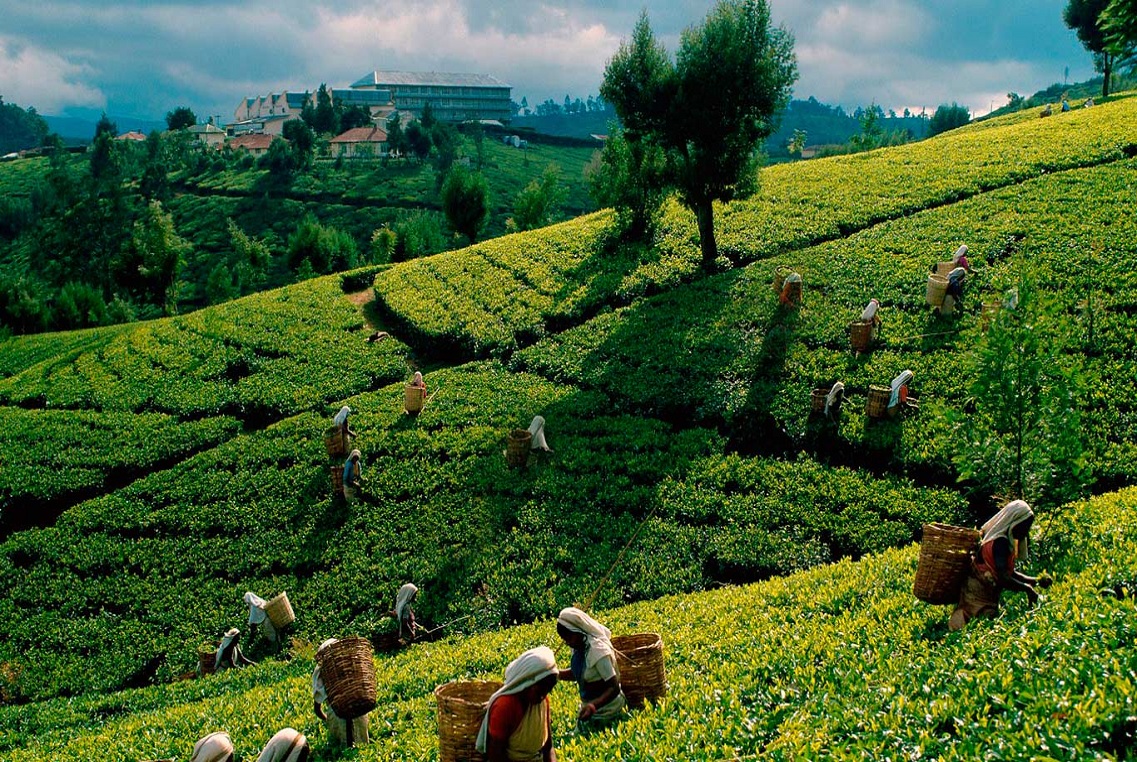While tea is one of the major exports of Sri Lanka, coffee houses are what initially came into being in the late 1990s. The Commons in Colombo is where it all began and youngsters made such establishments a frequently visited hangout spot. Groups of friends would gather at coffee houses like these for a few hours of playing board games, watching movies or simply chat away. Ironically, the need to a coffee was not really the main purpose of the gathering.
After The Commons became popular, many more coffee houses were established around town. Today’s popular coffee houses are – Barista, Java Lounge, Coffee Bean & Tea Leaf and Coco Verandah. Some of the key success facilities were:
- A comfortable and relaxed ambience
- Free Wi-Fi
- Variety of items on the menu
With these characteristics, an establishment could become the ideal venue to hang out, catch up with friends, or simply sit down and get some work done. As a result, coffee houses became the next big business venture – bringing about many of those in Colombo; which are now seen as a second home to many.
The tea industry on the other hand was a little laid back to catch up on this cultural trend and only recently, a few competitors have caught on. Dilmah Tea Centre, Heladiv Tea Club and Tea Avenue are some of the establishments that offer facilities similar to a coffee house. The main difference obviously is that it serves a range of tea based drinks instead of coffee. That does not mean though that coffee based drinks are not on the menu at all.
Unlike coffee, tea offers several health benefits that come in more than a 100,000 variations. Similar to the study of wine, tea qualities vary depending on which country it is grown in as well as the variations in climates and seasons. These factors give the end consumer a wider variety of tea to choose from.
Tea in Sri Lanka goes back a long long way. In 1824 was when the British bought a plant of tea from China to Sri Lanka and planted it in the Royal Botanical Gardens in Peradeniya – Kandy. Tea production dramatically increased in the late 1800s. The hill country soil is where tea seemed to flourish the most and as a result, several tea estates were established there, which are still prevailing today. During your visit to Sri Lanka, a ‘not-to-miss’ activity would be a tea plucking experience and a tea factory visit at one of the many estates in the hill country.
Therefore, it is not surprising that given our love for tea, and the health conscious world that we are in, there will be more and more tea houses coming into existence throughout the island.

